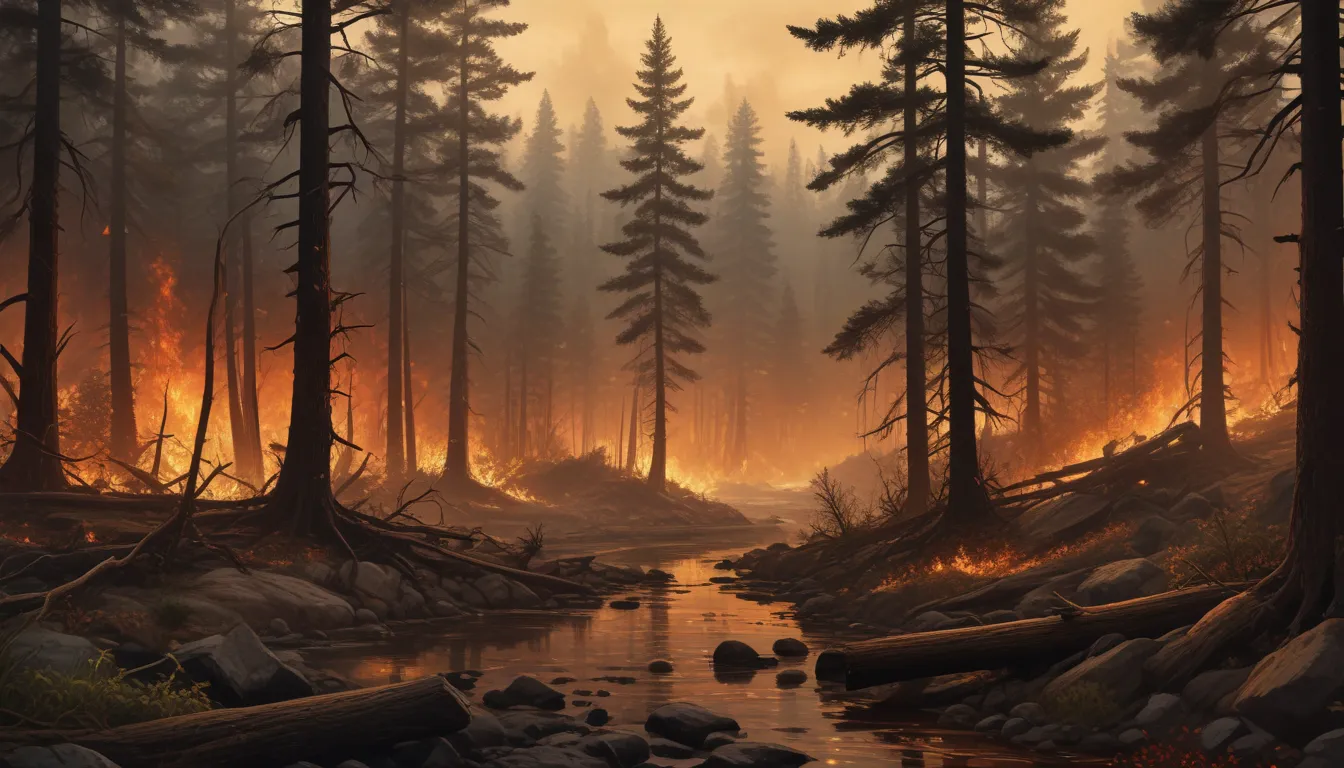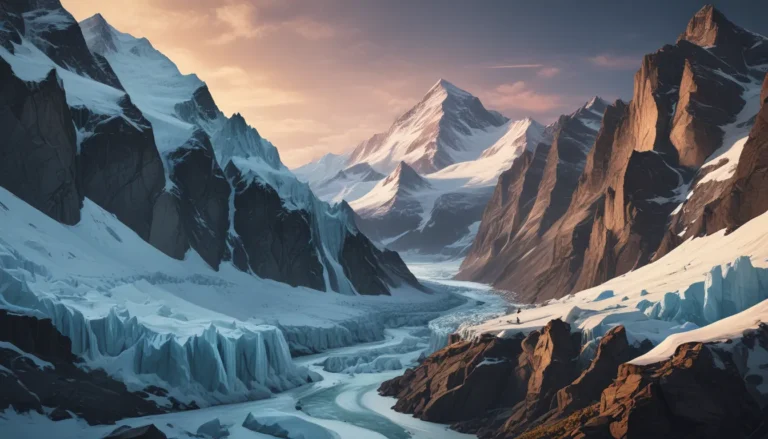A Note About Images: The images used in our articles are for illustration purposes only and may not exactly match the content. They are meant to engage readers, but the text should be relied upon for accurate information.
Wildfires are a powerful force of nature, capable of causing widespread devastation and impacting ecosystems and communities. While they are often associated with dry, hot climates, wildfires can occur in various regions around the world. In this article, we will delve into 17 surprising facts about wildfires, shedding light on their causes, impacts, and ecological effects. Join us on this educational journey to learn more about these awe-inspiring natural phenomena.
The Heat of Wildfires
- Wildfires can reach temperatures of over 2,000 degrees Fahrenheit: These extreme temperatures contribute to the rapid spread and intensity of wildfires, making them highly dangerous and challenging to extinguish.
Causes of Wildfires
-
The majority of wildfires are caused by human activity: Studies show that around 85% of wildfires are ignited by human actions, such as campfires, discarded cigarettes, and arson.
-
Lightning strikes are another major cause of wildfires: Approximately 10% of wildfires are started by lightning strikes, especially in regions prone to thunderstorms.
Ecological Role of Wildfires
- Wildfires play a vital role in the ecosystem: While destructive, wildfires also serve a purpose by clearing away dead vegetation, promoting new growth, and rejuvenating the environment.
Historic Wildfires
-
The largest wildfire in recorded history occurred in Siberia in 2003: Spanning an astonishing 56,000 square miles, this wildfire burned for more than three months, releasing massive amounts of carbon dioxide into the atmosphere.
-
The Great Fire of London in 1666 was one of the most famous urban wildfires in history: It destroyed much of the city, leading to significant changes in urban planning and fire safety regulations.
Unique Wildfire Characteristics
- Wildfires can create their own weather: The intense heat generated by large fires can cause air to rise rapidly, leading to the formation of pyrocumulus clouds, fire whirls, and even fire tornadoes.
Geographical Impact of Wildfires
-
Australia experiences some of the most severe wildfires in the world: The country’s hot and dry climate, combined with its unique vegetation, makes it highly susceptible to devastating wildfires.
-
California has the highest number of wildfires in the United States: The state’s dry climate, strong winds, and vast wildlands contribute to the frequent occurrence of destructive wildfires.
Preventing and Managing Wildfires
-
Controlled burns can help prevent larger wildfires: By intentionally setting smaller fires under controlled conditions, land managers can reduce fuel loads and mitigate the risk of more destructive fires.
-
Firefighters use a variety of techniques to battle wildfires: These techniques include creating firebreaks, using water-dropping aircraft, and employing hand tools to control and extinguish wildfires.
Climate Change and Wildfires
- Climate change is expected to increase the frequency and intensity of wildfires: Rising temperatures, prolonged droughts, and changing weather patterns contribute to the conditions favorable for the occurrence and spread of wildfires.
Conclusion: Educating and Raising Awareness
Wildfires are a natural phenomenon that can have devastating effects on the environment and communities. By understanding more about wildfires, communities can better prepare and respond to these events. Awareness and education are key in minimizing the impact of wildfires and ensuring the safety and well-being of both people and wildlife.
This article aims to shed light on the fascinating world of wildfires, from their causes and impacts to their ecological role. By exploring these surprising facts, we hope to increase awareness and understanding of these powerful natural forces. Join us on this journey of discovery and learn more about the remarkable world of wildfires.






